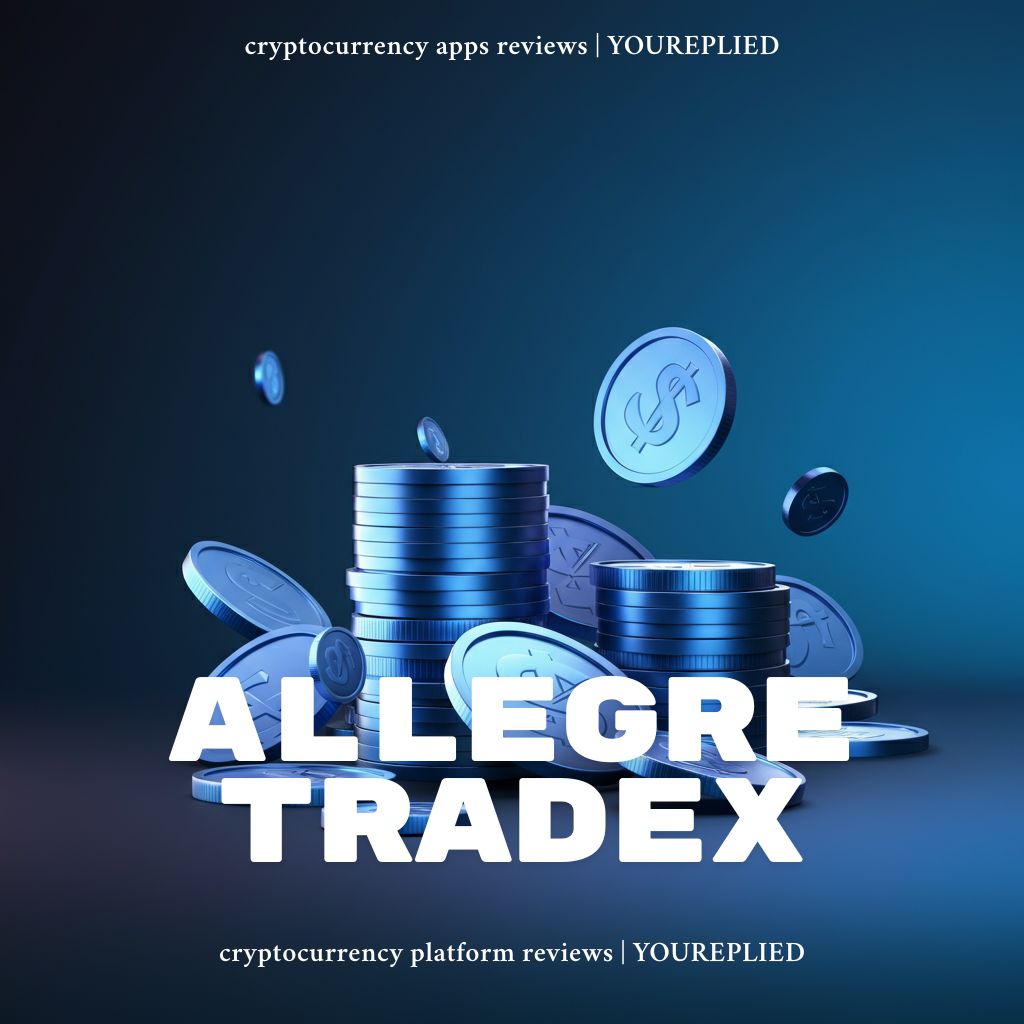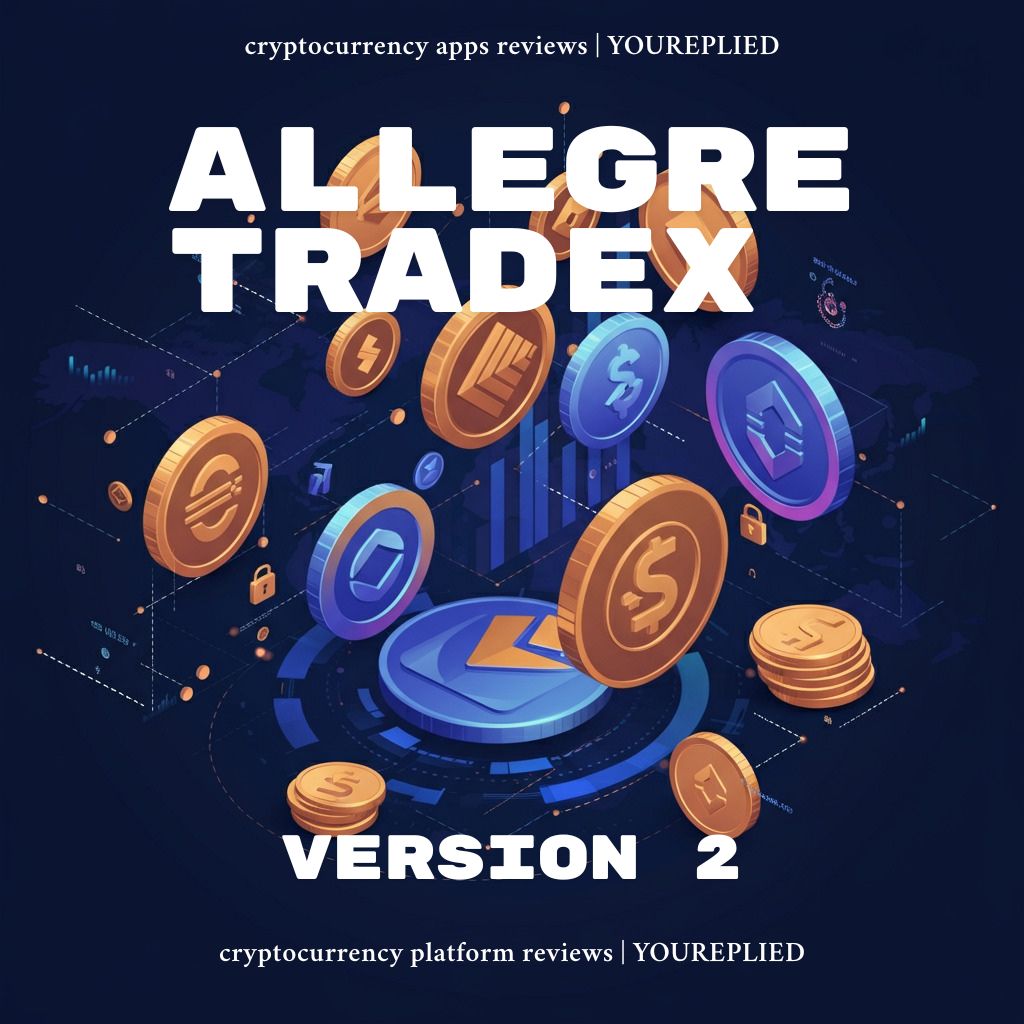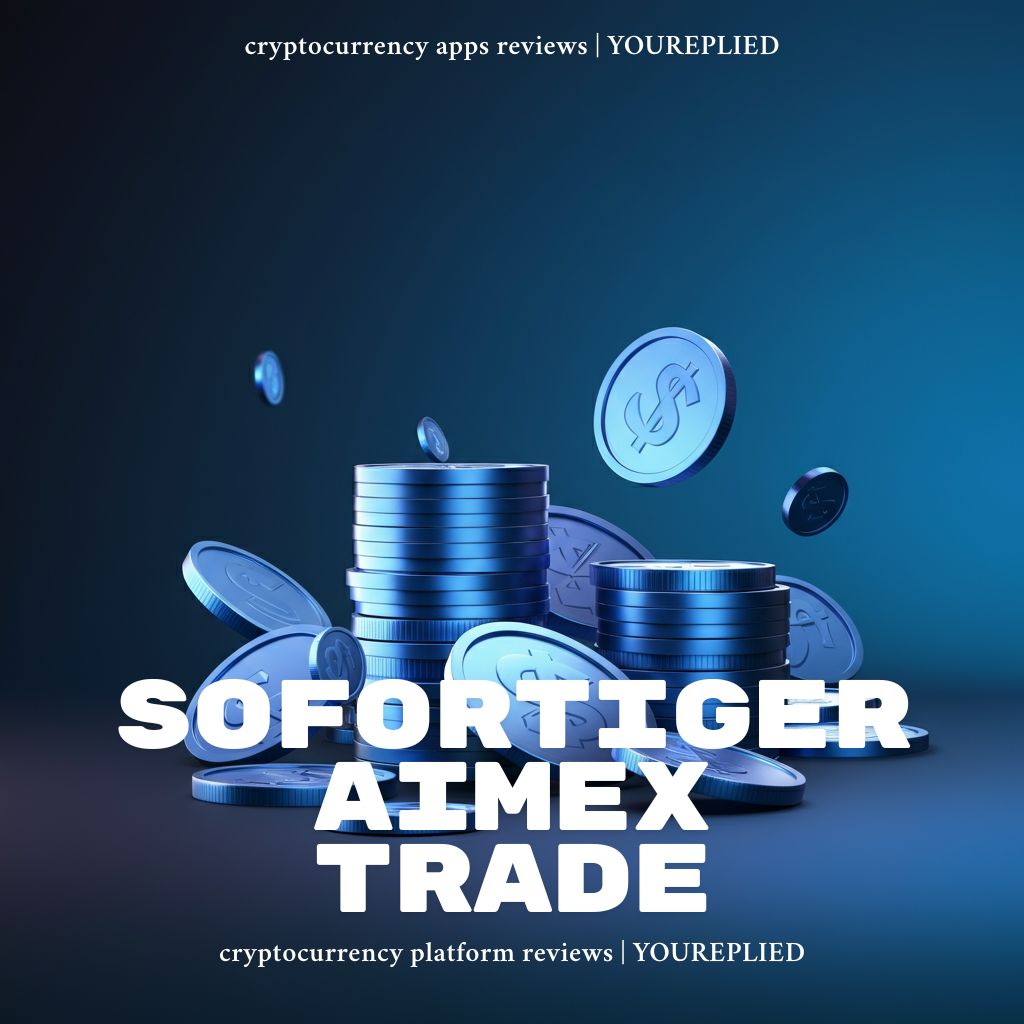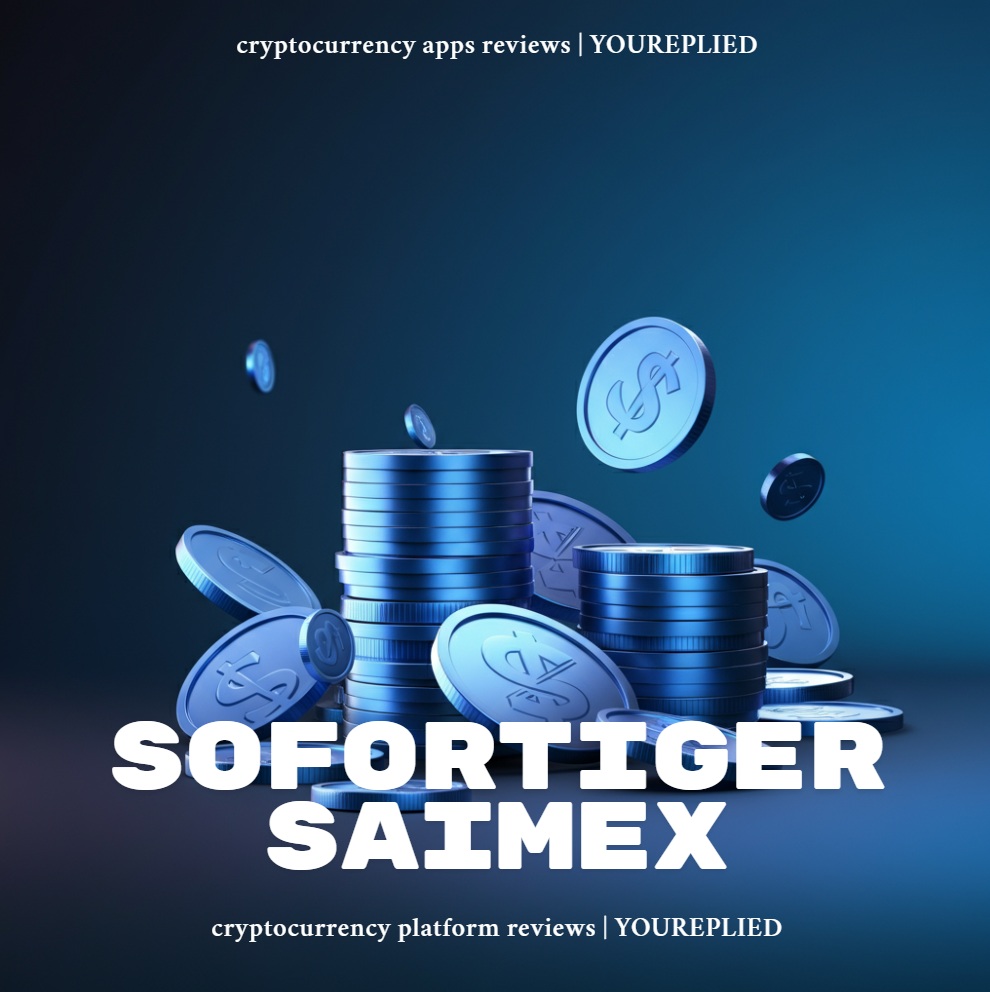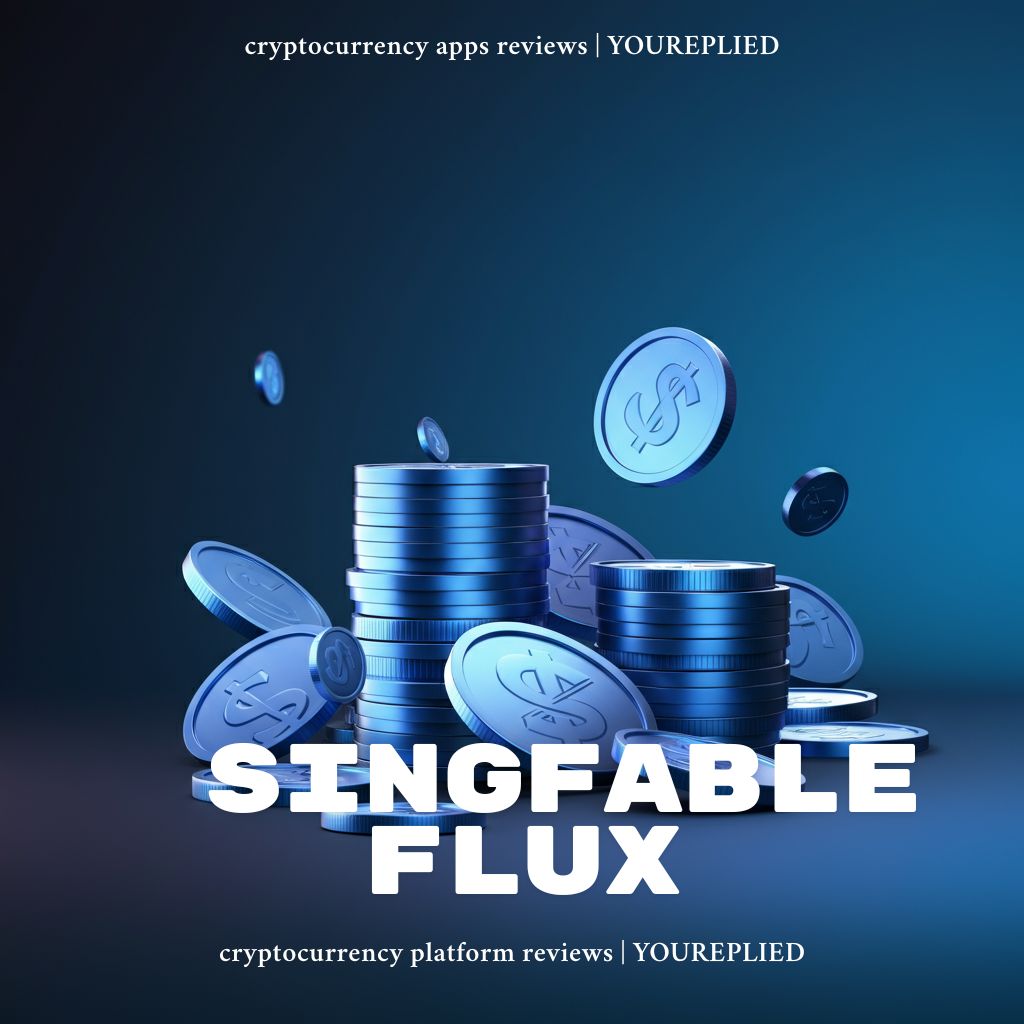The cryptocurrency market continues to mature and evolve, drawing the interest of both seasoned investors and newcomers.
By 2025, cryptocurrencies will play an even larger role in the global financial landscape, with new technologies and use cases solidifying their place in diverse industries. If you’re considering crypto investments for 2025, knowing the best coins to explore is crucial.
Below, we’ll review top contenders like Bitcoin (BTC), Ethereum (ETH), Binance Coin (BNB), Solana (SOL), Ripple (XRP), Dogecoin (DOGE), Polkadot (DOT), Shiba Inu (SHIB), Cardano (ADA), Avalanche (AVAX), Web3 AI, Chainlink (LINK), and PEPE, analyzing what makes them potential winners.
1. Bitcoin (BTC)
Why Bitcoin Remains the King
Bitcoin, the original cryptocurrency, continues to dominate the crypto world. By 2025, Bitcoin’s status as the digital gold standard will likely remain intact. Its capped supply of 21 million coins makes it a hedge against inflation, attracting investors looking for a store of value.
Pros of Bitcoin:
- Proven Reliability: Over a decade of operation without significant issues.
- Institutional Adoption: Companies like Tesla and asset managers like BlackRock have embraced Bitcoin.
- Liquidity: Bitcoin is accessible on almost every exchange and has the highest trading volume.
Cons of Bitcoin:
- Energy Consumption: The proof-of-work mechanism is energy-intensive.
- Slow Scalability: While secure, Bitcoin’s transaction speed is low compared to newer technologies.
Why Invest:
Despite market fluctuations, BTC’s proven resilience and scarcity make it one of the safest long-term options.
2. Ethereum (ETH)
Ethereum’s Versatility
Ethereum revolutionized blockchain with the introduction of smart contracts, enabling decentralized applications (dApps). Its role in decentralized finance (DeFi) and non-fungible tokens (NFTs) ensures its relevance.
Pros of Ethereum:
- Smart Contract Pioneer: Ethereum paved the way for trustless, programmable transactions.
- Evolving Scalability: Upgrades, including its shift to proof-of-stake, improve efficiency.
- Strong Developer Community: Most DeFi and NFT platforms are Ethereum-based.
Cons of Ethereum:
- Network Fees: Gas fees can spike during high transaction demand.
- Scalability Issues: Though improving, Ethereum still relies on Layer-2 solutions to handle congestion.
Why Invest:
ETH is favored for its innovation, network effects, and real-world utility in DeFi and beyond.
3. Binance Coin (BNB)
BNB’s Ecosystem Strength
Initially created to reduce trading fees on Binance, BNB now powers the vast Binance Smart Chain (BSC) ecosystem.
Pros of Binance Coin:
- Low Fees: Transactions on the BSC are fast and inexpensive.
- Broad Use Cases: BNB is used for multiple Binance services, staking, and payments.
Cons of Binance Coin:
- Centralization Concerns: The coin’s fate is tied closely to Binance, its parent company.
- Regulatory Risks: Binance has faced scrutiny from global regulators.
Why Invest:
BNB offers utility-driven value with access to one of the largest blockchain ecosystems.
4. Solana (SOL)
Solana’s Lightning Speed
Solana rivals Ethereum as a platform for dApps and DeFi due to its high transaction speed and low fees.
Pros of Solana:
- Scalability: Handles up to 65,000 transactions per second.
- Low Costs: Average transaction fees are incredibly cheap.
Cons of Solana:
- Network Outages: Solana has faced reliability issues with occasional downtime.
- Limited Interoperability: Currently less integrated with other blockchains like Ethereum.
Why Invest:
Its speed and developer-friendly environment make Solana one of the most attractive blockchain platforms.
5. Ripple (XRP)
XRP’s Financial Focus
Unlike many cryptocurrencies, Ripple focuses entirely on cross-border payments for financial institutions.
Pros of XRP:
- Transaction Speed: Settles transactions in seconds.
- Use Case: Targets banks and payment providers with an efficient global transfer system.
Cons of XRP:
- Legal Battles: Ripple faces lawsuits with the SEC.
- Centralization Concerns: Ripple Labs exerts significant control over XRP.
Why Invest:
Ripple’s commitment to solving international payment inefficiencies positions it for growth, assuming legal challenges are resolved favorably.
6. Dogecoin (DOGE)
Dogecoin’s Community Power
Initially a joke, Dogecoin has risen to fame, backed by a strong online following and celebrity endorsements.
Pros of Dogecoin:
- Active Community: Likeable branding and loyal users.
- Real Usage: Increasingly accepted as a payment method.
Cons of Dogecoin:
- Lack of Utility: Limited technical advancements.
- Unlimited Supply: High inflation potential.
Why Invest:
Although risky, Dogecoin’s community-driven support ensures its ongoing relevance.
7. Polkadot (DOT)
Polkadot’s Interoperability
Polkadot connects multiple blockchains into a single network, enabling interoperability.
Pros of Polkadot:
- Versatility: Connects public and private blockchains seamlessly.
- Robust Development: Supports specialized blockchains called parachains.
Cons of Polkadot:
- Complex Competition: Alternatives like Cosmos challenge Polkadot’s niche.
- High Barrier to Entry: Building a parachain requires auctions and funding.
Why Invest:
Its technology could redefine blockchain architecture, making DOT valuable to developers and investors alike.
8. Shiba Inu (SHIB)
Shiba Inu’s Meme Appeal
Shiba Inu started as a Dogecoin alternative but has since grown due to its active community and ecosystem developments.
Pros of Shiba Inu:
- Community Enthusiasm: Meme-friendly branding bolsters investor interest.
- Shibaswap: A native decentralized exchange adds utility to SHIB.
Cons of Shiba Inu:
- Volatility: Rapid price swings make SHIB unpredictable.
- Limited Utility: Real-world use cases remain scarce.
Why Invest:
While speculative, SHIB’s vibrant community and creative roadmap make it a wildcard worth considering.
9. Cardano (ADA)
Cardano’s Scientific Approach
Cardano prioritizes research-driven development, promising scalability and sustainability.
Pros of Cardano:
- Energy Efficiency: Its proof-of-stake consensus demands less energy.
- Scalability: Designed for high transaction throughput.
Cons of Cardano:
- Slow Rollout: Progress has been slow compared to competitors.
- Limited Adoption: Fewer dApps and use cases than Ethereum.
Why Invest:
Cardano’s innovation and commitment to sustainability make it an excellent long-term bet.
10. Avalanche (AVAX)
Avalanche’s Speed and Utility
Avalanche combines fast processing with decentralized finance applications, making it a competitor to both Ethereum and Solana.
Pros of Avalanche:
- Fast Transactions: Carries out thousands of transactions per second.
- Developer-Friendly: Supports smart contracts in popular programming languages.
Cons of Avalanche:
- Competition: Faces stiff rivalry from Ethereum and Solana.
Why Invest:
Avalanche’s speed and developer-centric ecosystem make it a solid choice for 2025.
11. Web3 AI
AI Meets Blockchain
Web3 AI integrates artificial intelligence with blockchain to power smart dApps and decentralized solutions.
Pros of Web3 AI:
- Innovation: Fuses two cutting-edge technologies.
- ROI Potential: Current presale pricing promises substantial returns.
Cons of Web3 AI:
- Speculative: Being a new entrant, its long-term viability is unknown.
Why Invest:
Web3 AI offers unique opportunities for those eager to ride the AI and crypto convergence wave.
12. Chainlink (LINK)
Oracles for Real-World Data
Chainlink enhances blockchain usability by connecting smart contracts to external data.
Pros of Chainlink:
- Expansive Use Cases: Powers DeFi, insurance, and supply chain apps.
- Reliable Partnerships: Collaborates with major financial institutions.
Cons of Chainlink:
- Niche Focus: Its price growth depends heavily on adoption in DeFi.
Why Invest:
Chainlink’s role as a data provider gives it a critical edge as blockchain adoption grows.
13. PEPE
From Memes to Markets
PEPE embraces meme culture while introducing innovative burn strategies to maintain relevance.
Pros of PEPE:
- Community-Centric: Sustained interest from dedicated users.
- Burn Mechanism: Reduces supply, creating scarcity.
Cons of PEPE:
- Highly Volatile: Relies on sustained hype for long-term survival.
Why Invest:
PEPE is a high-risk, high-reward play appealing to speculative investors.
Final Thoughts
Investing in cryptocurrencies in 2025 requires balancing innovation, stability, and market trends. Each project listed above offers unique advantages, from Bitcoin’s rock-solid reliability to Web3 AI’s ambitious fusion of AI and blockchain.
Constructing a diversified portfolio across these assets could maximize your chances of success while managing risk. Remember to conduct thorough research and invest only what you can afford to lose in this volatile but rewarding market.
Sources
https://www.coinbase.com/
https://finance.yahoo.com/news/prediction-best-cryptocurrency-investment-2025-104500314.html

